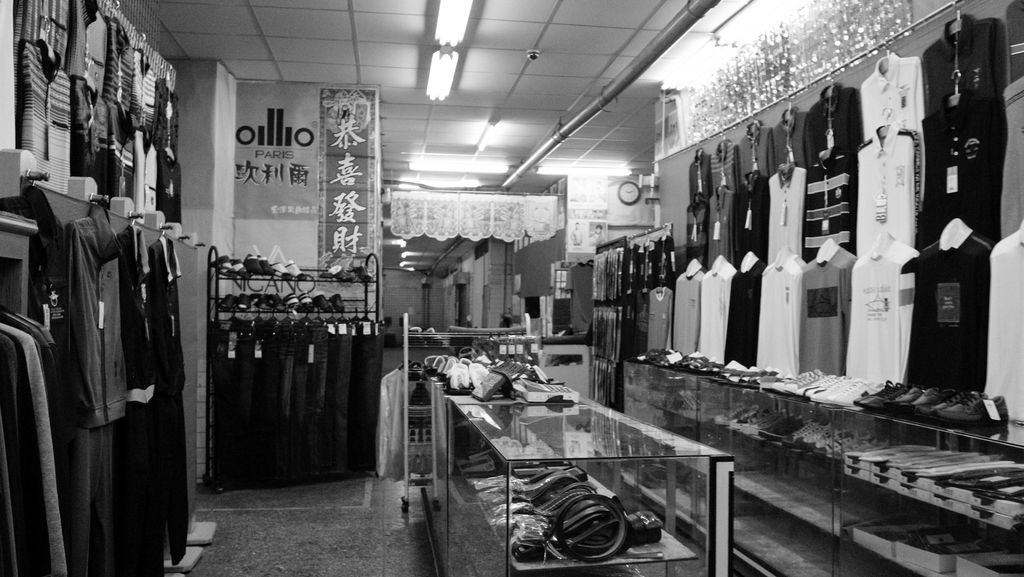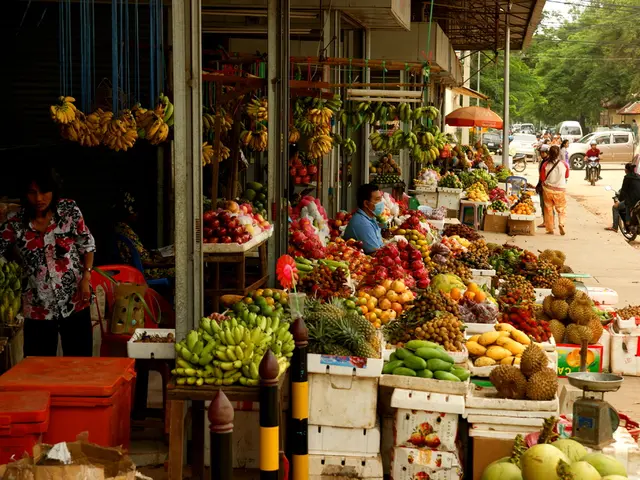The Wear of Traditional Attire Reveals Decades of Cultural Self-Expression
In our ever-changing world, traditional clothing shines as a potent tie to our ancestors and the unique cultures we come from. It functions as a vibrant canvas, adorned with tales of legacy, personal identity, and shared values. Often intricately designed, this clothing transcends appearance, carrying profound meaning and historical significance. This rich textile artistry spans time and space, creating enduring connections that bridge past and present.
Tales Woven in Fabric
Traditional clothing is like opening a storybook in fabric form. Every stitch, design, and color tells a story of the people and the land from which it springs. Consider kimonos from Japan, where colors and patterns speak volumes about age, marital status, and seasons. In the Scottish Highlands, kilts are more than simple adornments; the pattern, or tartan, links the wearer to their specific clan and ancestry.
Worldwide, stories are told through clothing. In Africa, the vivid prints of kente cloth symbolize cultural values, worn during ceremonies that celebrate milestones and identity. In Native American communities, intricate beadwork signifies spiritual beliefs and ancestral narratives. These traditional outfits echo the voices of our forebears, mapping the stories of generations.
Symbolic Hues and Motifs
The colors and designs featured in traditional clothing often hold deep symbolic meaning. In many cultures, specific colors represent emotions, social statuses, or ceremonial customs. For example, in China, red is linked to luck, prosperity, and joy, often worn during festivities.
Similarly, saris in India, ornate with specific patterns, highlight clan lineages or regional origins. The embellishments on these garments serve as historical records, conserving traditions passed down through the ages. Every detail matters, making traditional attire a complex tapestry of identity and symbolism.
Roots and Genealogy
Investigating genealogy, the examination of family ancestries and histories, frequently intertwines with the study of traditional clothing. Tracing your roots often leads to discovering garments that represent your familial legacy. Wearing these pieces during cultural events or family gatherings feels like stepping back in time, honoring those who walked a similar path. Genealogy grounds people within a lineage, and clothing becomes a reflection of this connection.
Protecting Cultural Heritage
Traditional clothing plays a crucial role in preserving cultural heritage. It acts as a guardian of artistic and mechanical skills, such as weaving, embroidery, and dyeing, ensuring that techniques are passed down across generations. Each garment embodies the dedication and diligence of artisans who have honed their craft for a lifetime.
In many places, efforts are underway to keep these traditional methods alive. From festivals to fashion shows, people are finding innovative ways to appreciate and celebrate traditional clothing, safeguarding its significance for future generations. These initiatives are vital for safeguarding our shared cultural memory.
Modern Adaptations and Shifting Identities
The landscape of traditional clothing is evolving with changing times. Contemporary designers are increasingly inspired by traditional patterns and techniques, incorporating them into modern fashion. This fusion provides a conversation between the old and the new, allowing clothing to remain fresh and relevant.
Younger generations also reinterpret traditional clothing to reflect their evolving identities. Adding modern cuts or blending traditional attire with contemporary accessories, they embody a dynamic evolution that respects the past while embracing individuality.
Reawakened Interest and Sustainable Practices
In recent years, there has been a growing interest in traditional clothing, driven by a desire to connect with cultural roots and support sustainable fashion practices. As the global movement towards sustainability in the fashion industry gains traction, young people are turning to their cultural heritage for inspiration. By choosing garments crafted using traditional methods and natural materials, they create a bridge to the past while cultivating a more sustainable fashion ecosystem.
This newfound curiosity is also encouraged by educational institutions and cultural organizations, which promote traditional textiles and craft skills via workshops, exhibitions, and educational programs. These endeavors are essential for preserving artisanal knowledge and preventing traditional clothing techniques from becoming lost to time.
Knowledge Transfer Across Generations
Preserving traditional clothing involves more than simply passing down clothing from one generation to another; it entails transferring knowledge, techniques, and stories that breathe life into the garments. This tradition often remains within families, with elders teaching younger members to sew, weave, or embroider, sharing the importance behind each motif and color choice.
This intergenerational knowledge transfer fosters strong familial and cultural bonds, empowering youngsters and children to actively contribute to the upkeep and evolution of their cultural identity. It serves as a powerful form of education that instills respect for history while stimulating innovation in the representation of heritage.
Worldwide Influences and Multicultural Conversations
As the world becomes more interconnected, traditional clothing styles are increasingly influenced by global trends and cross-cultural exchanges. This melding results in exceptional fashion developments that honor original designs while incorporating elements from various cultures. It represents a dynamic dialog between communities, fostering mutual appreciation and understanding.
For instance, traditional African prints now grace international catwalks, shaping global fashion trends. Eastern European embroidery techniques are becoming popular accents in contemporary Western wear. Such blends celebrate diversity and showcase the adaptability of cultural dressing in our multicultural world.
The Language of Tradition
Though aesthetics differ across cultures, traditional clothing speaks a universal language of identity. It fosters a sense of pride, unity, and belonging, transcending borders and connecting people worldwide through shared human experiences of ancestry and lineage.
This tangible connection to our past provides comfort and continuity amid rapid change. By exploring, preserving, and modernizing traditional clothing, we honor our heritage and the diverse heritage tapestry that forms our global society.
Enrichment Data:
- Preservation and Expression of Cultural Identity: Traditional clothing offers a way for individuals to express their cultural identity, both within their communities and to the wider world. This expression often carries symbolic significance, as seen in the Japanese kimono and Indian sari.
- Cultural Storytelling: Each piece of traditional clothing tells a story about its culture, allowing wearers to share their cultural history and heritage with others, thereby fostering understanding and appreciation across cultures.
- Revitalizing Traditional Crafts and Techniques: By incorporating traditional craftsmanship into modern fashion, individuals help preserve cultural heritage by maintaining ancient techniques and skills. This keeps the crafts alive and supports artisans while ensuring the continuation of traditional cultural practices.
- Sustainability and Authenticity: Traditional clothing offers an eco-friendly alternative to fast fashion by using locally sourced, natural materials, and emphasizing quality over mass production. This approach contributes to sustainability efforts while promoting authenticity in the fashion world.
- Fostering Cultural Exchange and Unity: The blending of traditional and modern styles encourages cross-cultural dialogue, celebrating shared cultural identities and promoting mutual understanding. This sharing allows for adaptations and evolutions that preserve cultural heritage in a globalized context.
- Traditional clothing from around the world serves as a vibrant canvas for storytelling, with every stitch, design, and color offering insights into family history, cultural events, and heritage.
- The colors and designs found in traditional clothing hold deep symbolic meaning, often representing emotions, social statuses, or ceremonial customs, creating a complex tapestry of identity and symbolism.
- Investigating family history and genealogy frequently intertwines with the study of traditional clothing, and wearing pieces that represent familial legacy during cultural events or family gatherings offers a way to honor one's ancestors and connect with one's cultural roots.
- Preserving traditional clothing plays a crucial role in safeguarding cultural heritage by protecting artistic and mechanical skills such as weaving, embroidery, and dyeing, ensuring that techniques are passed down across generations.




